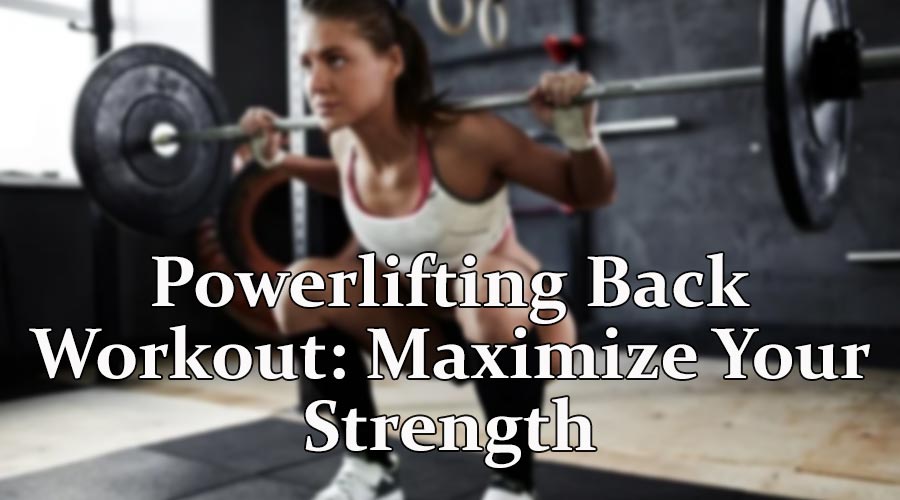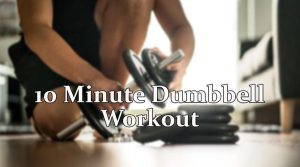When most people think of a powerlifting back workout, they think of intense weight training sessions that require a lot of energy and strength. However, there is much more to powerlifting back workouts than just lifting weights. A good powerlifting back workout requires knowledge about the form, technique, and proper types of exercises for the desired muscle groups. Knowing all of this can help you get better results in less time with fewer injuries.
When beginning a powerlifting back workout, it is important to understand your goals and what muscles are being targeted. You should also learn how to properly execute each lift as improper form can lead to injury or inefficient results. This article will discuss all you need to know about powerlifting back workouts, and how to maximize your gains.
Contents
What is a Powerlifting?

Powerlifting is a strength sport that focuses on three primary lifts: the squat, the bench press, and the deadlift. It involves using specially designed barbells to lift a maximum amount of weight for one repetition. Powerlifting athletes compete in both raw (not wearing supportive gear) and equipped (the use of supportive gear such as knee wraps, bench shirts, squat suits, etc.) divisions. Powerlifters come from all different backgrounds with all different body types; however, their goal remains the same – to lift heavy weights in order to become stronger and gain power.
Powerlifting can be used as a great way to improve overall health and fitness levels. The exercises are intense and require great focus but they also help build strength that transfers over into everyday life; better posture, balance, and coordination are just some of its benefits.
Benefits of Powerlifting
Powerlifting is an intense physical activity that provides many benefits to those who take part in it. It’s a great way to build strength and endurance while improving the overall quality of life. There are many positive effects associated with powerlifting, including increased muscle and bone strength, improved cardiovascular health, decreased stress levels, and the ability to set new goals and achieve them.
Regular participation in powerlifting can improve physical performance by strengthening muscles in the arms, legs, back, and core. This helps people lift heavier weights more efficiently as well as move better during everyday activities like walking or running upstairs. Powerlifters also benefit from improved cardiovascular fitness due to increased blood flow throughout the body while they are engaged in exercise. The intensity of lifting also releases endorphins into the bloodstream which can help reduce stress levels and create a sense of well-being.
Powerlifting Back Workout Overview
Whether you’re training for a competition or looking to increase your strength and gain muscle, powerlifting back workouts are an effective way to do so. With the right exercises, sets, and reps, and adequate rest between workouts, powerlifting back workouts can be incredibly beneficial.
When designing a powerlifting back workout routine, it’s important to focus on compound movements such as deadlifts, bent-over rows, chin-ups/pull-ups, and lat pulldowns. Incorporating accessory exercises like weighted hyperextensions and single-arm rows is also recommended. To prevent injury from overtraining or incorrect form in the heavier lifts it’s important to start with lighter weights for higher reps before progressing up in weight – gradually adding more sets of lower reps as you get stronger.
Exercise 1: Bent-Over Rows
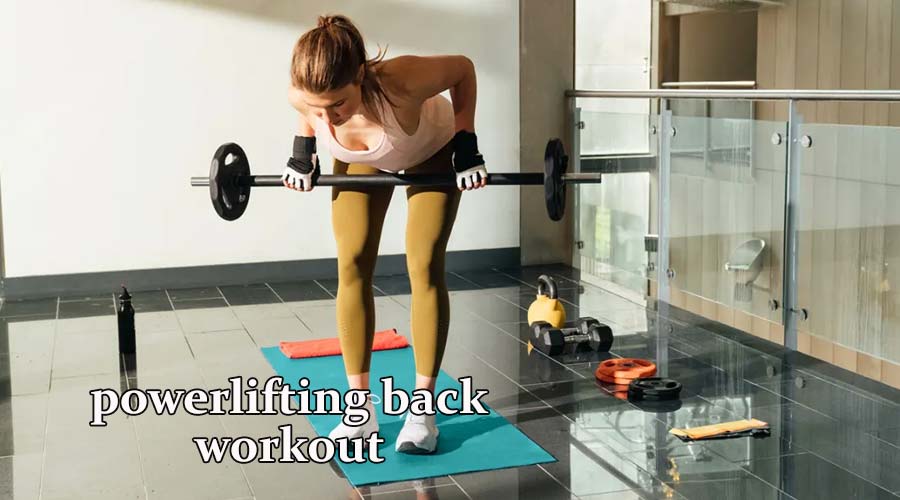
Bent-over rows are a great powerlifting back workout that can help build strength and muscle. This exercise targets the muscles in the middle back, rear delts, and scapular region. By using a barbell or dumbbell, this exercise can be done to increase muscle mass or core stability depending on how much weight is used. It is important to ensure that you use proper form when performing this exercise in order to maximize results and reduce the risk of injury.
To perform bent-over rows, begin by standing with feet hip-width apart and hinging your torso forward from the hips until your body is almost parallel to the ground. With one hand firmly grasping a weight, pull it up towards your chest while keeping your arm close to your body throughout the movement. Maintain control over the weight as you lower it back down slowly and steadily until you reach a full extension before beginning another rep. Repeat for the recommended amount of repetitions and then switch sides. This exercise can be performed with a barbell, dumbbells, or cables. The bent-over row is considered to be one of the best exercises for targeting the muscles of the back.
Exercise 2: Pull-Ups

Pull-ups are an important part of any powerlifting workout and can help improve your overall performance. By focusing on proper form and technique, pull-ups can help you build a thicker, more muscular back.
When performing pull-ups, it is important to start with the correct form. Start off by gripping the bar slightly wider than shoulder-width apart while keeping your elbows close to your body. Once in position, slowly lower yourself until your arms are at a 90-degree angle then engage your core as you pull yourself up using only your back muscles until you reach just below chin height. Keeping this form will ensure that all of the work is done through the back rather than relying on momentum or other muscles for assistance.
Exercise 3: Single-Arm Dumbbell Rows
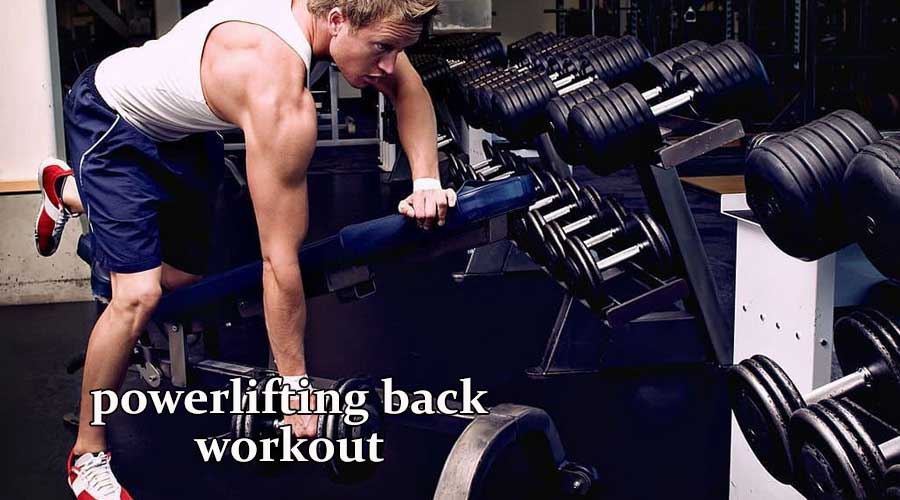
Powerlifting back workouts such as single-arm dumbbell rows are a great way to build muscle and strength. This workout can be done at home or in the gym and involves using a single heavy dumbbell for each arm. It is important to use proper posture and keep your back straight throughout the exercise. When performing this exercise, you should hold the weight in one hand while standing with your feet slightly wider apart than shoulder width. From here, bend down with one arm while keeping your elbow close to your side, forming a 90-degree angle with your body. You should then pull the weight up until it is touching the side of your chest while maintaining a straight-back posture throughout the entire motion. Finally, lower the dumbbell slowly back down again and repeat on either side for desired reps.
Exercise 4: Barbell Shrugs
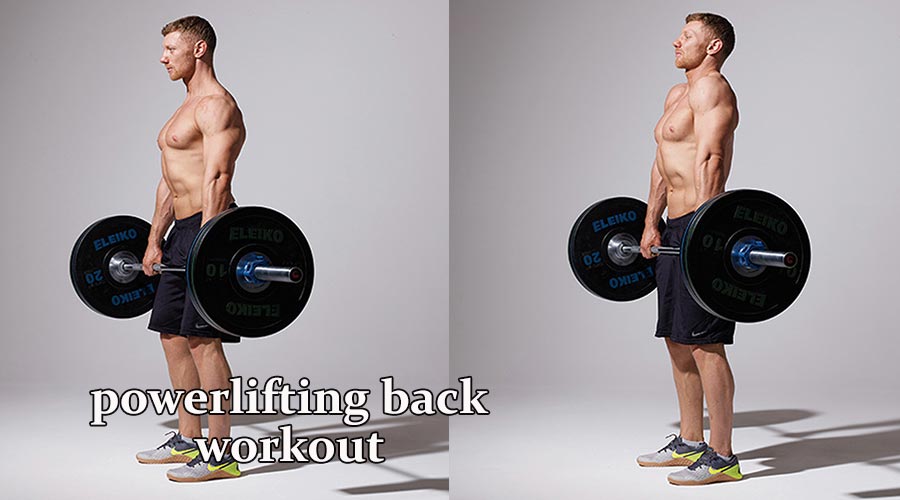
Barbell shrugs are an essential part of any powerlifting back workout. This exercise is great for targeting the muscles in your upper and mid-back, as well as your traps. It also helps improve grip strength, core stability, and posture. When done correctly, barbell shrugs can have a huge impact on overall strength and performance.
The best way to perform barbell shrugs is to start by standing upright with feet hip-width apart, gripping the barbell with both hands positioned just slightly wider than shoulder-width apart from each other. Once you’ve taken hold of the barbell and established your stance, slowly lift it up until your shoulders are fully contracted towards your ears at the top of the movement. Make sure to keep a straight back throughout this process in order to maximize effectiveness and maximize muscle activation.
Exercise 5: Deadlifts
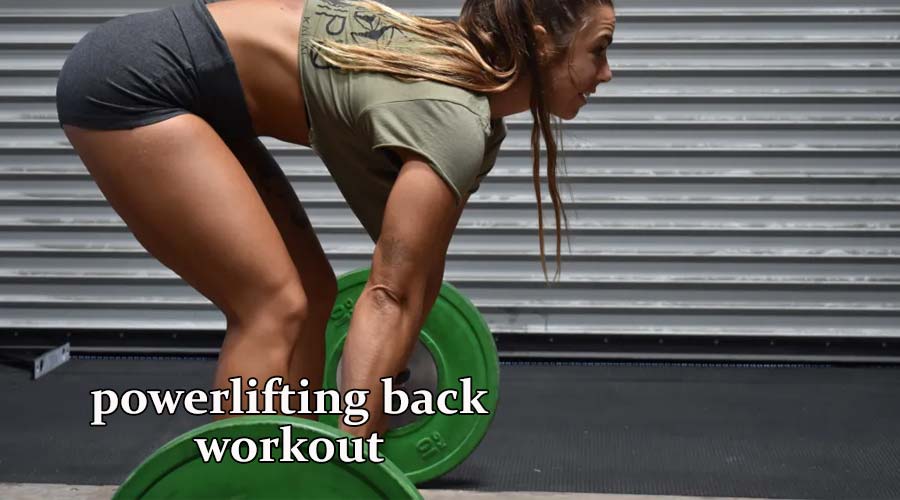
Deadlifts are an essential part of any powerlifting back workout. This compound movement is incredibly effective for building strength, increasing muscle mass and size, and developing overall functional fitness. It requires the use of multiple muscle groups in the upper back, lower back, glutes, hamstrings, quads, and core to perform the lift correctly. Deadlifts can be performed with a barbell or with dumbbells depending on personal preference and ability.
When performing deadlifts correctly it is important to maintain proper form throughout the entire movement. Begin by standing behind the bar with feet shoulder-width apart while gripping the barbell just outside of your legs. Slowly start to bend your knees while hinging at your hips while keeping your chest up and head in line with your spine as you reach down towards the ground. Once you reach the bottom position, with knees still bent and hands on the bar without bouncing, lift the weight back up by extending your hips, squeezing your glutes, and extending your legs until you are back in a standing position. Repeat for the desired number of repetitions.
Exercise 6: Cable Rows

Cable rows are a powerful tool for building strength and power as a part of any back workout. They provide an intense, full-body workout that is incredibly effective when it comes to building strength, power, and size. As a staple of powerlifting back workouts, they target the muscles in the middle and upper back including the lats, rhomboids, and traps. The way to get the most out of cable rows is to use proper form with all your sets. Start by setting up a cable rowing machine according to your height and grip width; then adjust the resistance level on the machine to fit your desired intensity. When performing cable rows, keep your back flat and squeeze your shoulder blades together at the top of each pull for maximum activation. Squeeze for two seconds before releasing slowly until you reach full extension at the bottom of each rep.
Proper Form and Technique
Powerlifting back workout with proper form and technique is essential to achieving desired strength gains while avoiding injury or painful strains. Proper form includes the use of a wide grip on the barbell and keeping your elbows tucked in at all times during the lift. It is also important to focus on engaging your core muscles, stabilizing your torso, and maintaining good posture throughout each repetition. When performing a powerlifting back workout, it is important to never lock out your elbows completely so that you are constantly under tension. To ensure correct form for a powerlifting back workout, focus on breathing through each movement – inhaling on the pull-up portion of an exercise and exhaling as you push from the chest outward. Additionally, keep in mind that pausing between reps can help maintain proper form and prevent excessive momentum from taking over movements.
Rest and Recovery Between Sets
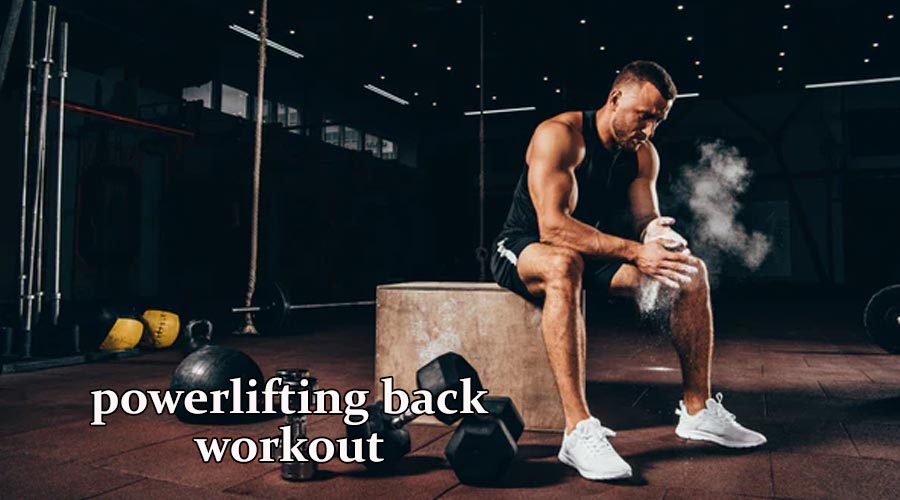
Powerlifting back workout- rest and recovery between sets is an important factors to consider when looking to maximize your performance and progress. Resting between sets not only allows you to get the most from each lift, but also helps reduce fatigue, muscle soreness, and injury risk. The amount of time needed for rest and recovery will vary depending on individual goals and fitness level.
For those interested in powerlifting with a focus on building strength or increasing their 1 rep max, long rests (2-5 minutes) between sets may be necessary for optimal performance. This allows muscles enough time to recover before attempting additional reps or heavier weights. Short rests (30 seconds – 2 minutes) are more appropriate for those looking to increase muscular endurance and work capacity since they require less energy than maximum strength exercises. Rest periods between sets can also be used to help with pacing. For example, a lifter may use relatively short rest periods when training for strength and longer rest periods when building endurance to help maintain intensity and prevent overtraining.
Conclusion: Maximize Your Gains With Back Workout!
For those of us looking to build up our back, a proper back workout is key. Not only will you gain strength and bulk in the right areas, but it can help to improve posture and prevent injury. The benefits are numerous, but only if the right exercises are performed correctly. Taking time to learn the proper form and gradually increasing intensity can help maximize your gains with back workouts over time. Ultimately, ensuring that your back workouts are part of a well-rounded fitness plan will help ensure you reap all its rewards.

